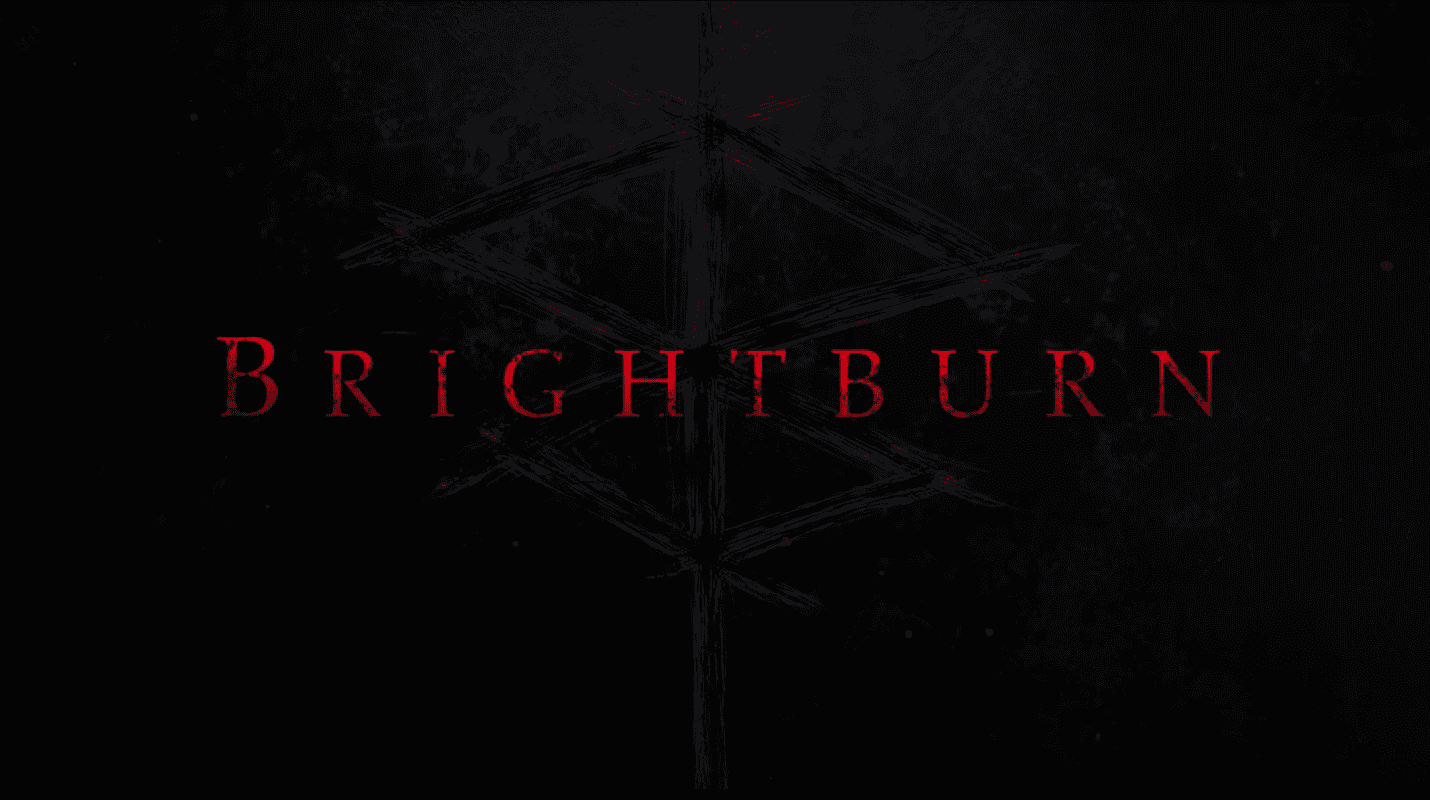

The American Academy of Dermatology (AAD) has a video that provides guidance on treating first-degree burns. However, first-degree burns can be painful. These are generally not severe and most clear up relatively quickly. While a person can manage some burns at home, more severe burns require immediate medical treatment. The treatment of a burn depends on its severity, size, and location. Anyone who has a third-degree burn needs immediate medical attention.
BURN BRIGHT BURN FAST SKIN
Third-degree burns destroy the epidermis and the skin follicles, which means new skin will not grow back. contact with a hot object for an extended period.Doctors may call them full-thickness burns.

Nerve and blood vessel damage often leave the burn site looking pale in color or blackened and charred.ĭespite the severity, third-degree burns are often painless because of damage to the nerve endings. This is the most severe type of burn and requires medical treatment. Many second-degree burns heal within a couple of weeks, although scar tissue can occur. sunburn in extreme cases over a large area.Doctors also call them partial-thickness burns.Ī second-degree burn is more likely to require medical treatment, depending on its location and depth. The area may also look wet, and the blisters can break open, forming a scab-like tissue. They affect the epidermis and dermis, with the burn site often appearing swollen and blistered. Second-degree burns affect deeper layers in the skin than first-degree burns and can involve intense pain. Speak with a healthcare provider for advice. A person may require medical treatment if the burn is over a large area of skin.



 0 kommentar(er)
0 kommentar(er)
